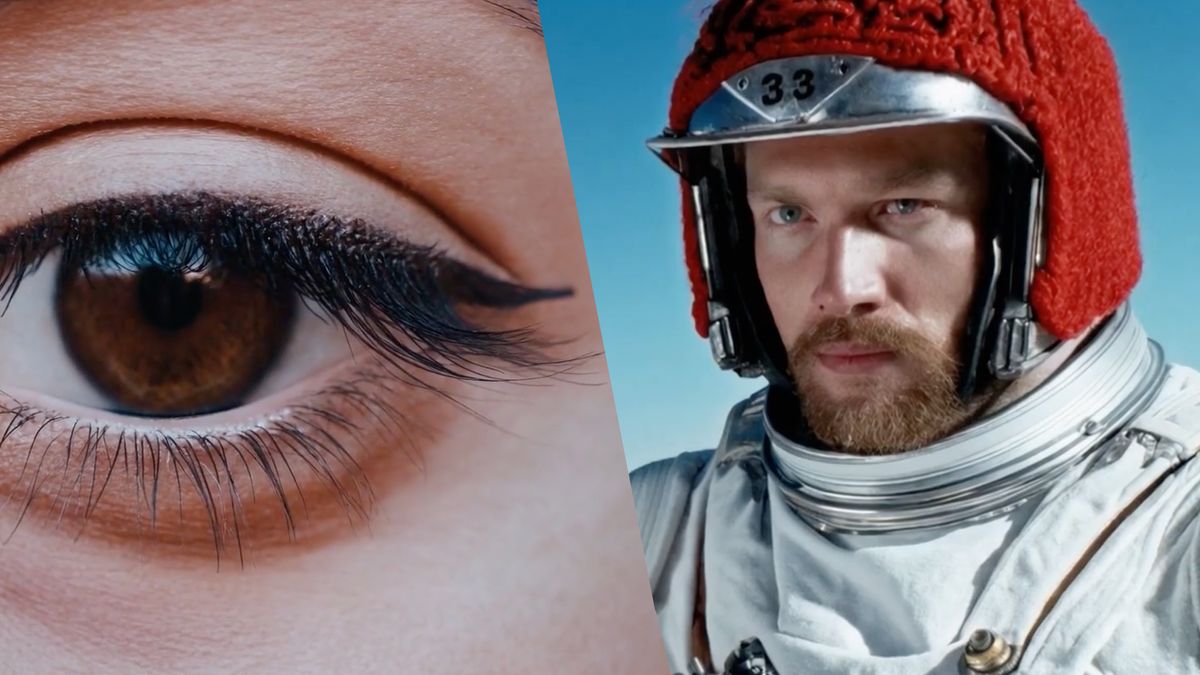Exploring OpenAI's Sora: AI-Generated Video Revolution
Conceptos Básicos
OpenAI introduces Sora, a groundbreaking text-to-video tool that combines diffusion and transformer models to create impressive AI-generated videos, revolutionizing the field of video creation.
Resumen
OpenAI's latest model, Sora, showcases remarkable advancements in AI-generated video creation. By combining diffusion and transformer models, Sora can predict sequences based on vast training data, resulting in coherent and consistent videos with impressive detail. From creating convincing sci-fi trailers to Pixar-style animations and realistic human interactions, Sora demonstrates the potential to revolutionize various industries like gaming, advertising, and filmmaking. Despite some limitations and unanswered questions regarding its training data and cost, Sora's early examples hint at a transformative future for AI-generated content.
11 mind-blowing OpenAI Sora videos that show it's another ChatGPT moment for AI
Estadísticas
"Sora is a text-to-video tool that can create all kinds of video – photo-realistic, animated, downright strange – of up to sixty seconds in length."
"Sora appears to trump other text-to-video tools by creating complex scenes with multiple characters and simulating the physical world in motion."
"It can struggle with accurately simulating the physics of a complex scene and understanding specific instances of cause or effect."
Citas
"It seems that Sora is particularly adept at creating short, photo-real clips of dogs, puppies and cats – we are looking forward to tailoring the ideal clip for those times when Giphy falls short." - Content Source
Ideas clave extraídas de
by Mark Wilson a las www.techradar.com 02-17-2024
https://www.techradar.com/computing/artificial-intelligence/11-mind-blowing-sora-shorts-that-show-why-its-a-chatgpt-moment-for-ai-video
Consultas más profundas
How might the introduction of AI-generated video impact traditional filmmaking processes?
The introduction of AI-generated video could revolutionize traditional filmmaking processes in several ways. Firstly, AI tools like Sora can significantly reduce production costs and time by automating tasks such as rendering, animation, and scene creation. This could democratize the filmmaking industry, allowing independent creators with limited resources to produce high-quality content.
Moreover, AI-generated video opens up new creative possibilities for filmmakers. They can use these tools for rapid prototyping, storyboarding, and visual effects generation. Filmmakers can experiment with different styles and techniques without the need for expensive equipment or specialized skills.
However, there are also concerns that AI-generated video may lead to job displacement in certain areas of film production. While AI can streamline many processes, it cannot replace human creativity and storytelling abilities entirely. Filmmakers will need to adapt their skills to work alongside AI tools effectively.
What ethical considerations should be taken into account when using AI-generated content for historical or educational purposes?
When using AI-generated content for historical or educational purposes, several ethical considerations must be taken into account. Firstly, there is a risk of misinformation or manipulation if AI-generated videos are presented as authentic historical footage. It is essential to clearly label such content as generated by an artificial intelligence system to avoid misleading viewers.
Additionally, issues related to privacy and consent arise when creating videos featuring real individuals through AI algorithms. Obtaining permission from individuals or their representatives before generating videos based on their likeness is crucial to respect their rights.
Furthermore, ensuring transparency about the source data used to train the AI model is essential in historical contexts. Biases present in training data could result in inaccurate representations of events or people from history.
Lastly, safeguarding against malicious uses of AI-generated content is important in educational settings where misinformation could have far-reaching consequences on public understanding of history.
How could advancements in AI-generated video influence user-generated content platforms like social media?
Advancements in AI-generated video have the potential to transform user-generated content platforms like social media by enhancing creativity and engagement levels among users.
AI tools like Sora enable users without specialized skills or equipment to create high-quality videos quickly and easily.
This could lead to a surge in unique and visually appealing content on social media platforms.
Users may leverage these tools for personal branding efforts,
creating more professional-looking posts that stand out amidst a sea of amateur content.
Additionally,
AI-powered features such as personalized gaming experiences,
surreal animations,
and realistic simulations offer users new avenues for self-expression
and storytelling on social media platforms.
As a result,
user engagement levels may increase as audiences interact with more immersive
and visually stimulating content created through advanced
AI technologies
0
